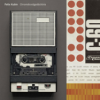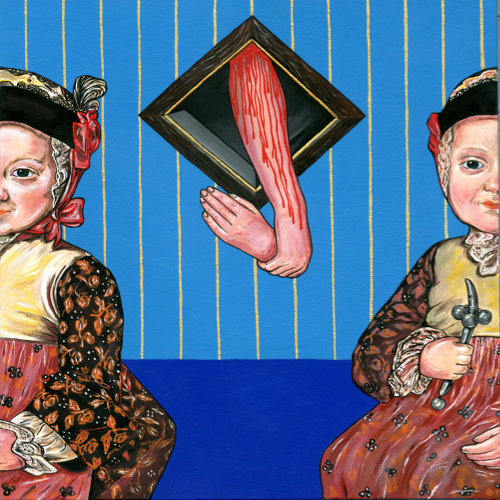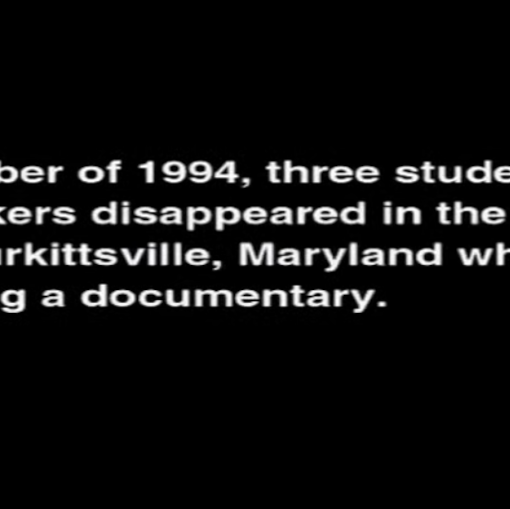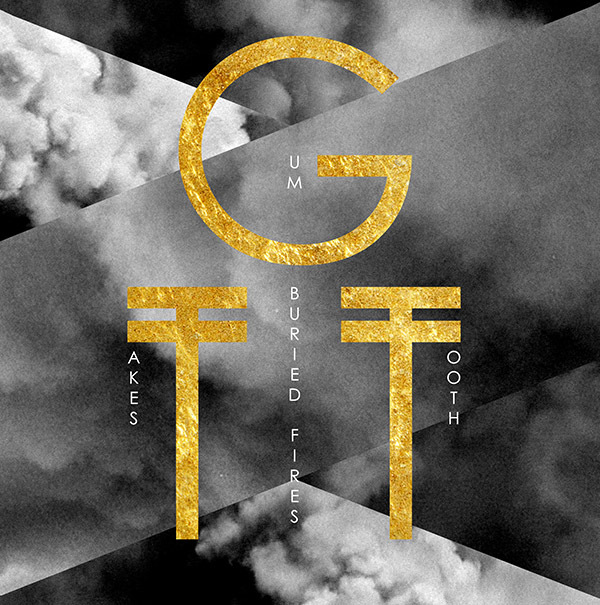 Commissioned by the Deutscher Musikrat (German Music Council) for their edition elektronik series, Felix Kubin attunes his lateral ears to a subject dear to his heart — and with a title that translates to English as Chromium Dioxide Memory, it’s no surprise that its subject, sound source and (in part) medium is the compact cassette.
Commissioned by the Deutscher Musikrat (German Music Council) for their edition elektronik series, Felix Kubin attunes his lateral ears to a subject dear to his heart — and with a title that translates to English as Chromium Dioxide Memory, it’s no surprise that its subject, sound source and (in part) medium is the compact cassette.
Released as a boxed set containing a CD and (of course) a cassette, Chromdioxidgedächtnis celebrates the form with all the lovingly-reproduced (in the case of the disc) and self-perpetuating (as far as the tape goes) hiss and compression for which the format is renowned. Drawing on tape recordings from Kubin’s archives, the sounds, wow and flutter will immediately revive distinctive memories for those old enough to remember the cassette’s prevalence for four decades of both home taping of pre-recorded music and as a cottage music industry in itself. Kubin grew up in the latter as a youthful experimentalist, and he outlines his close personal relationship with cassettes in the extensive booklet which comes in the box. The booklet includes a brief history of the cassette by John Mathews and Kubin’s own reflections on the format in English and German, and is jam-packed with vintage promotional material and tape-box cover scans. There’s plenty of pictures of a teenage Kubin and friends surrounded by spools of tape or live onstage with cassette recorders as primitive sample players, and of that most personal of seemingly lost art forms, the mixtape (online digital versions and retro-styled skins for media players notwithstanding), decorated with hand-labelled track listings and photocopied portrait format covers.
Mathews notes that, unlike the western European cassette culture of the Eighties, musicians in East Germany who traded their home-made and self-copied samizdat tapes of often subversive music produced outside the DDR’s strict censorship laws were liable to find themselves fined or imprisoned as enemies of the state. More amusingly, he notes how Daniel Johnston would happily post cassettes of songs he recorded on a boombox to anyone who asked for them, resulting in one-off editions which Johnston would then re-record anew when someone else requested a copy, rather than making dubs of the master tape. In the pre-internet era, tape-traders would send off dozens of blank cassettes to the furthest corners of the world to get their fix of otherwise unobtainable exotic music and sounds, just as some individuals would exchange audio letters in the post, whether from one continent to another or just across town.The music on the CD consists of a meandering, delightful collage of various sounds and recordings, both from commercial sources such as radio and TV broadcasts and as crafted by Kubin over the years, through-composed into the piece Chromdioxidgedächtnis. This appears both as a live recording of its premiere in Hamburg in May 2013 and two further studio compositions. The resulting bricolage shudders, pings, twings and dings from doorbells to cartoon gunshots, to dictaphone cut-ups and environmental recordings, all modified and segued via the characteristic cassette crosstalk, thrupp and time-bending effects of which only the format was capable, or at least more readily available as a cheap way for the masses to radically modify and play with sound than the fiddly and more expensive reel-to-reel tapes. Anyone could convert their cassette recorder quickly and easily into a primitive multi-track by putting sticky tape over the erase heads, so a form of home multi-channel recording (and delay effects, for that matter) became available to those who could never dream of affording a four-track machine, devices which also used (preferably in the higher grades) compact cassette as their storage and manipulation medium.
This is further evident on the cassette half of Chromdioxidgedächtnis, with Side A containing a collage of sounds and recordings from his own library of unedited recordings assembled in linear mixtape style. Altogether, there’s half an hour’s worth of such gems as vintage Kubin drum machine and keyboard tunes, frenetic noise judders, bouncy synth burbles andreverberant piano compositions, all interspersed with what he terms a panaudium of snippets and snatches of audio from a multitude of sources, including recordings of his younger self introducing JS Bach organ performances.Just over half of Side B is taken up with an entertaining and informative interview in English with Wim Langenhoff (which is in turn cut, layered and spliced in amusing fashion by Kubin, complete with hummed and manipulated jingles), a former employee of Dutch electronics giant Philips, who developed the compact cassette — and, most importantly, licensed it for free to other manufacturers, ensuring its widespread adoption. Langenhoff was not only involved in audio cassette development, but his employers even also occasionally funded his performances with the New Electric Chamber Music Ensemble in Eindhoven, a group who became notorious in the ’60s for their anarchic live shows involving all manner of electronic and mechanical devices. The remainder of the cassette is taken up with three tape experiments whose longform drips, drones, pulses and clatters make for evocative explorations of both the format’s limitations and charms.
Chromdioxidgedächtnis is an excellent document of and a love-letter to what is rapidly becoming a dead format, having been put out to pasture in 20102 (though as the booklet notes, the main commercial remaining user of cassette tapes, in the UK at least, are the police, who still rely on the format’s rugged simplicity for recording interviews); though its demise is not yet complete. There has been a recent trend for well-known groups, from Sunn O))) via Gnod, The Cosmic Dead or Mainliner to electronic retronauts like Nochexxx. oMMM and many others to release recordings exclusively or in parallel to CD and vinyl editions on compact cassette, while a multitude of musicians and artists like Volcano the Bear, Ekoplekz and of course Kubin himself continue to use cassette recordings as idiosyncratic and specific sound sources both live and on record.The easily unimpressed may see this as an example of hipster trendiness incarnate, though some like the Touch sister label Tapeworm or indefatigable experimentalist Hal McGee and his multitudinous friends in the still-thriving cassette underground, who’ve been releasing tape music for decades (in McGee’s case), would probably disagree vehemently with such a suggestion. Others simply enjoy and work within the restrictions while revelling in the particular properties of sound reproduction and erosion this most maligned of media offers, very much hissy warts, crosstalk and all.
-Richard Fontenoy-



